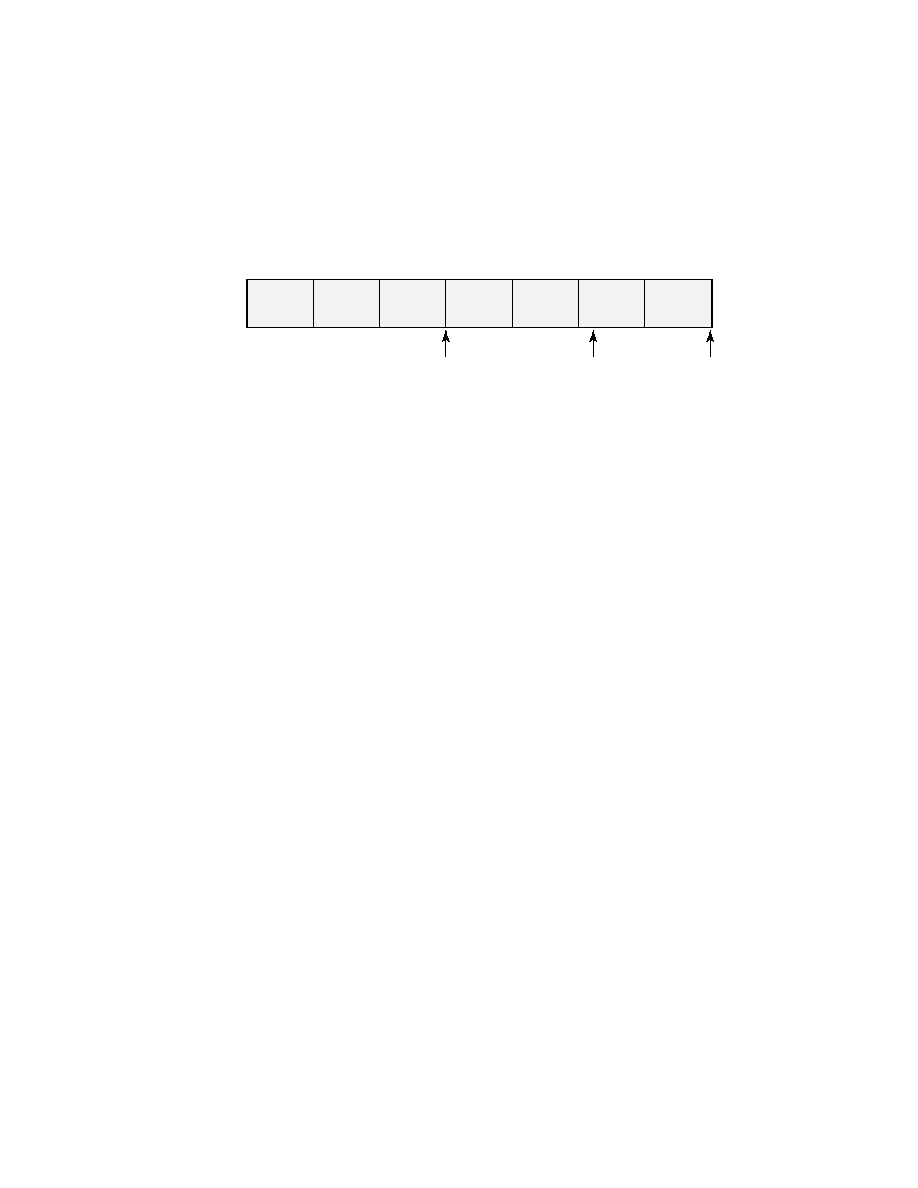
94
Chapter 2
Layer-2 Switching
F I G U R E 2 . 1 0
Different switching modes within a frame
Let's now discuss these three switching modes in more detail.
Cut-Through (Real Time)
With the cut-through switching method, the LAN switch copies only the des-
tination address (the first six bytes following the preamble) onto its onboard
buffers. That done, it then looks up the hardware destination address in the
MAC switching table, determines the outgoing interface, and proceeds to
forward the frame toward its destination.
A cut-through switch really helps to reduce latency because it begins to
forward the frame as soon as it reads the destination address and determines
the outgoing interface. And after it determines the destination port, the
following frames are immediately forwarded out through it.
With some switches, you get an extra super-cool feature: the flexibility to
perform cut-through switching on a per-port basis until a user-defined error
threshold is reached. At the point that threshold is attained, the ports auto-
matically change over to store-and-forward mode so they will stop forward-
ing the errors. And, when the error rate on the port falls back below the
threshold, the port automatically changes back to cut-through mode.
FragmentFree (Modified Cut-Through)
FragmentFree is a modified form of cut-through switching, in which the
switch waits for the collision window (64 bytes) to pass before forwarding.
This is because if a packet has an error, it almost always occurs within the
first 64 bytes. It means each frame will be checked into the data field to make
sure no fragmentation has occurred.
FragmentFree mode provides better error checking than the cut-through
mode with practically no increase in latency. It's the default switching
method for the 1900 switches.
Preamble
SFD
Destination
hardware
addresses
Store-and-forward:
all errors filtered;
has highest latency
FragmentFree:
checks for
collisions
Cut-through:
no error checking
Source
hardware
addresses
Length
DATA
FCS
6 bytes
1 byte
6 bytes
6 bytes
2 bytes
Up to
1500 bytes
4 bytes
Copyright ©2002 SYBEX, Inc., Alameda, CA
www.sybex.com
